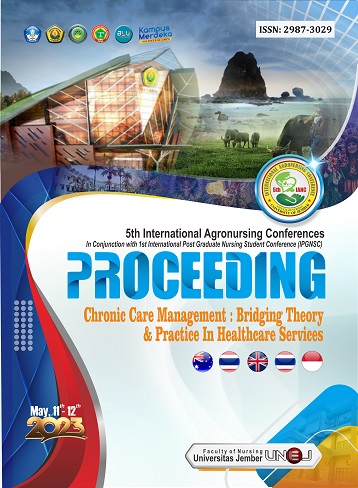Intervensi Stunting melalui Kegiatan Edukasi dan Demonstrasi Pembuatan PMT pada Kader Posyandu
Keywords:
PMT Demostration, , PMT Education, StuntingAbstract
Background: The stunting rate in Indonesia, based on the 2022 SSGI data, remains at 21.6%, failing to meet the national target of 14% and the global target of less than 20%. According to the 2022 SSGI data, the prevalence of stunting is still at 19.2%. Jember Regency has the highest prevalence of stunting among the 38 regencies/cities in East Java. Children who experience stunting are more likely to have delays in cognitive development, which affects their learning abilities and academic performance. Methode: The intervention activities to address stunting include presentations, discussions, demonstrations, and the provision of innovative supplementary feeding menus (PMT) in Sabrang Village. Results: The PMT education aims to enhance the knowledge and skills of the cadres, as indicated by the pre-test and post-test results. The knowledge of the target group improved significantly, rising from 10% to 28%. Additionally, the demonstration activities received a high level of enthusiasm from the cadres. Conclusion: This intervention activity is considered quite effective because it can increase the knowledge and skills of the targets. It is hoped that these activities will serve as an intervention effort against stunting in Sabrang Village by educating on the importance of PMT and demonstrating how to prepare PMT.




